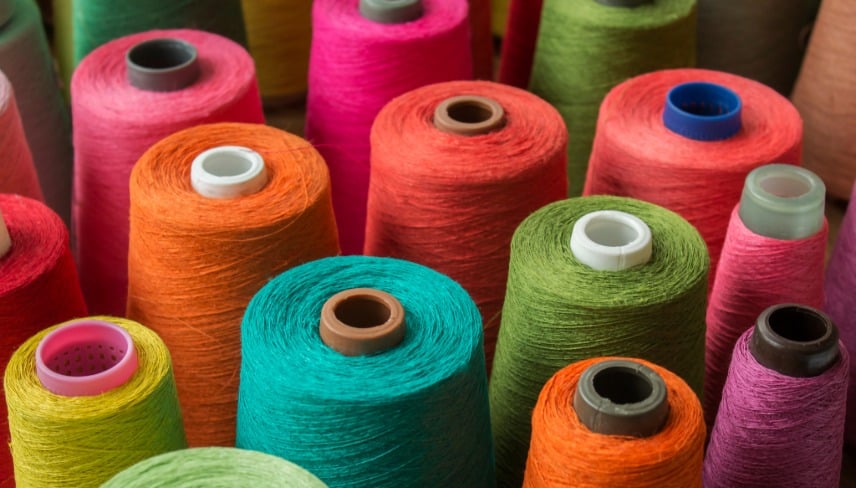PFAS-Free Future: Insights from the 2025 AATCC PFAS Conference for the Textile Industry

08 May 2025
The AATCC 2025 conference addressed the urgent need to eliminate PFAS in textiles, highlighting new regulations, alternative solutions, and strategies for manufacturers to achieve a PFAS-free future.
Introduction
The 2025 American Association of Textile Chemists and Colorists (AATCC) PFAS Conference held on April 24 - 25, 2025, convened leading researchers, brands and regulators to address the urgent need to eliminate per and polyfluoroalkyl substances (PFAS) from textiles. With rising regulatory pressure and increased awareness of health and environmental impacts, the shift to PFAS free operations is no longer optional, it’s a strategic imperative.
Key Takeaways & Technology Updates
- Firefighter Gear Comparison: Side by side analysis of PFAS-treated vs PFAS free turnout gear showed measurable chemical differences and exposure risk.
- Health Risks: Reinforced evidence linking PFAS exposure to potential human health concerns, driving urgency for safer alternatives.
- Testing Methods: Industry is shifting to more sensitive and aligned PFAS detection protocols including advanced LC-MS, Wastewater Treatment Advances, Supercritical Water Oxidation (SCWO), Hydrothermal Alkaline Treatment (HALT). These cutting edge methods show promise in eliminating PFAS from textile wastewater streams.
Emerging Pfas Free Solutions
Innovative Fabric Finishes
- Carnegie Fabrics: PFAS free stain resistance + breathable barrier
- Impermea (OLEO-TEX 1100): Durable, water & oil repellency without fluorochemicals
- Supreen: Silicone based repellency via patented purification
- HeiQ Eco Dry: Nature inspired, fluorocarbon-free repellency
- Amphitex: Fully recyclable, PFAS and PTFE free waterproof/breathable fabric
Regulatory Landscape:
US State Bans:
- California & New York (2025): Ban on apparel with intentionally added PFAS
- Colorado (2025–2028): Phased ban beginning with disclosure
- Maine (2026–2032): Full PFAS ban across all products by 2032
Global Actions:
- France (2026–2030): Ban on PFAS in cosmetics, textiles & ski wax by 2026; extended to all textiles by 2030
Strategies For Manufacturers: Pfas Phase Out Roadmap
Application Process Improvements
- Use dedicated lines and mix tanks for PFAS-free products
- Lock-out valve systems to prevent accidental discharge
- Adopt campaign production to reduce chemical waste
- Collect leftover chemistry for reuse
- Train all staff thoroughly on PFAS protocols
- Install absorbent drain liners at key discharge points
Chemistry Disposition Management
- Label & store all chemistries properly
- Reuse at least 90% of captured chemistry
- Partner with certified disposal vendors
- Track waste volumes and costs for continuous improvement
Special Risk Management
- Set clear rework procedures for treated goods
- Prevent cross-contamination in shared equipment
- Test both incoming water and discharged wastewater
- Identify all potential hidden PFAS sources
Equipment Decontamination
- Fully clean all processing equipment
- Maintain drain absorbers and update regularly
- Conduct post-cleaning wastewater tests
- Monitor municipal water for background PFAS contamination
Action Plan For Suppliers & Mills
- Audit Your Supply Chain: Identify PFAS use at all levels
- Engage Proactively: Collaborate with suppliers on alternatives
- Train Your Teams: From floor operators to managers
- Upgrade Facilities: Prevent contamination with proper infrastructure
- Stay Ahead of Regulations: Build flexibility into your sourcing and production
Conclusion
The textile industry is rapidly evolving toward a PFAS free future. Manufacturers and suppliers that embrace this transition early will reduce regulatory risk, meet brand expectations and protect public and environmental health.
